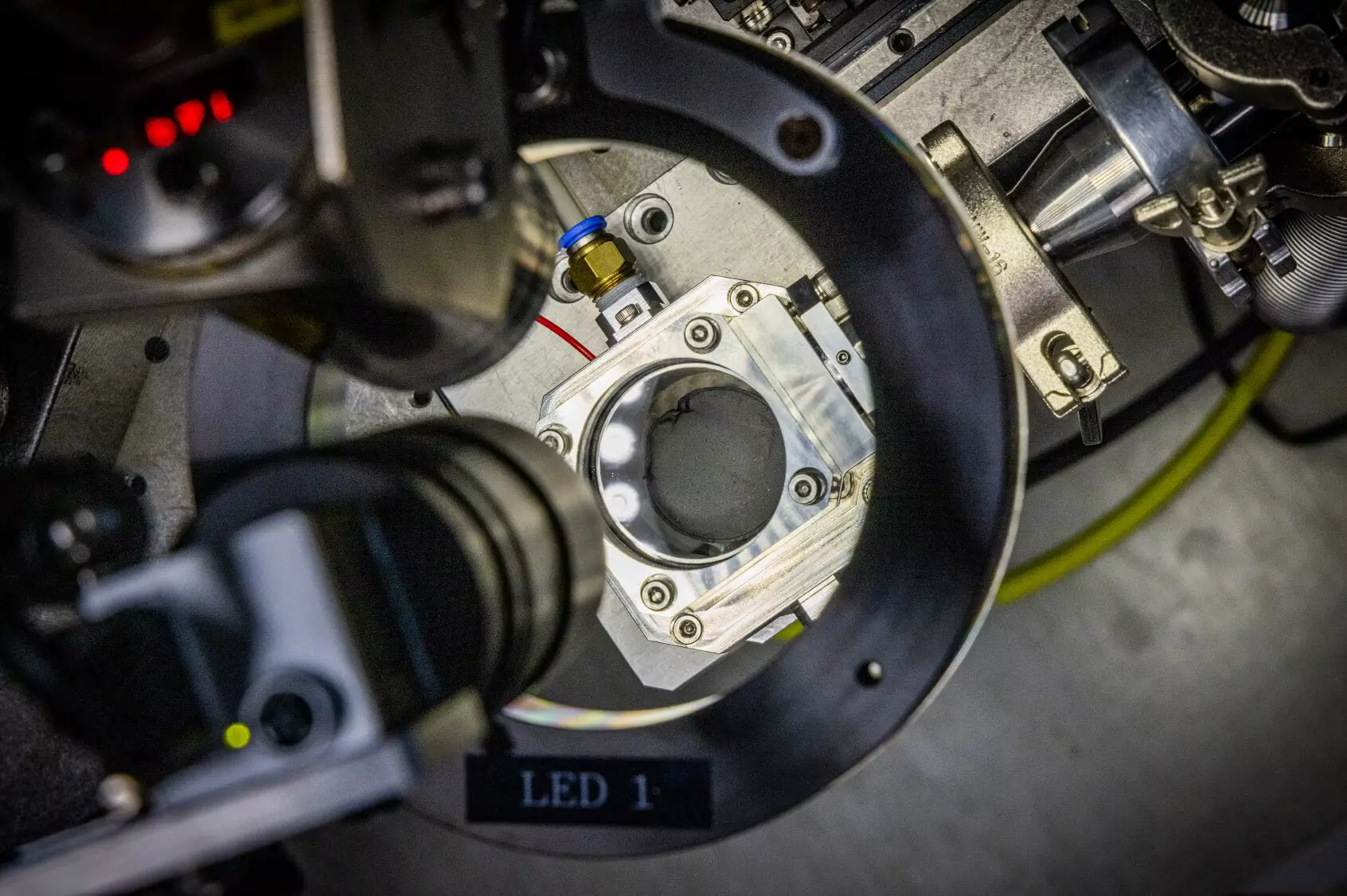As technology progresses towards more sustainable and efficient energy alternatives, sodium-ion batteries are emerging as a promising competitor to the ubiquitous lithium-ion batteries. These innovative batteries utilize sodium (Na) instead of lithium (Li), marking a significant shift in battery technology. Sodium, abundant as it is primarily derived from salt, offers substantial advantages in terms of availability and extraction. Moreover, sodium’s relatively lower reactivity compared to lithium provides enhanced electrochemical stability—ideal for applications that demand quick charge and discharge cycles. This stability is also advantageous in colder temperatures, making sodium-ion batteries an appealing choice for various applications, particularly in electric vehicles and renewable energy storage.
Despite the advantages of sodium-ion batteries, several challenges hinder their widespread adoption. One of the principal issues is the lower energy density when compared to lithium-ion batteries. This is largely attributed to the larger size of sodium ions, which affects the overall performance of the battery. Many researchers have identified the need for hard carbon as an anode material, offering the necessary interlayer spacing for accommodating larger sodium ions. However, hard carbon isn’t naturally occurring and necessitates a complex synthesis process that typically involves the carbonization of hydrocarbon materials under extreme temperatures in an oxygen-free environment.
This carbonization process is not only intricate but also poses significant economic and environmental burdens, which have been roadblocks to the commercialization of sodium-ion batteries. The requirements for high-temperature excess (over 1,000°C) and extended processing time amplify production costs and energy consumption, demanding innovative solutions.
Addressing these challenges, a pioneering research team led by Dr. Daeho Kim and Dr. Jong Hwan Park at the Korea Electrotechnology Research Institute (KERI) has developed a groundbreaking process leveraging microwave induction heating. Diverging from traditional methods, this advanced technique allows for the rapid preparation of hard carbon anodes in just 30 seconds. By applying a microwave magnetic field, the team can effectively induce currents in carbon nanotube-infused films, allowing temperatures to soar above 1,400°C. This method stands in stark contrast to conventional carbonization processes, greatly enhancing efficiency and reducing production costs.
The team first synthesized thin films that combined polymers with carbon nanotubes—an approach designed to ensure conductivity while maintaining structural integrity. This novel heating technique has garnered considerable attention within the industrial sector, particularly for its potential applications in displays and semiconductor technologies.
A significant contributor to the success of this revolutionary technique is KERI’s proprietary “multiphysics simulation” method. This advanced analytical approach enables researchers to simulate and comprehend the complex interactions between the electromagnetic field and nanomaterials when exposed to microwave heating. Such foundational understanding has been instrumental in devising a streamlined and effective process that redefines how hard carbon anodes are produced.
Co-authored by emerging researchers Geongbeom Ryoo and Jiwon Shin, the breakthrough study propels not only academic inquiry but practical advancements in battery technology. Dr. Kim emphasized the pressing demand for safer battery technologies, particularly in light of recent incidents involving electric vehicle fires. The unique properties of sodium-ion batteries position them as viable alternatives, offering stability and reliability under adverse conditions.
Looking ahead, Kim and Park’s team aims to optimize the performance of their hard carbon materials while exploring the feasibility of scalable, continuous mass production techniques for large-area hard carbon films. Beyond sodium-ion batteries, the principles of their microwave induction heating could extend to other battery types, including all-solid-state batteries that require high-temperature sintering. This versatility could herald a new era of efficiency in battery technology across multiple domains.
KERI has already initiated a domestic patent application for their innovative process, setting the stage for significant industry interest and potential technology transfer agreements. The ongoing collaboration between researchers, industry, and academic institutions is crucial for propelling sodium-ion technology into the commercial realm.
The advancements in sodium-ion battery technology, particularly through the groundbreaking microwave induction heating process developed by KERI, hold immense promises for the future of energy storage. As this field continues to evolve, it will likely play a pivotal role in creating more sustainable and reliable energy solutions, addressing pressing global energy challenges while ensuring economic viability and environmental stewardship. By bridging the gap between research and commercial viability, innovators like Dr. Kim and Dr. Park are leading the charge toward a cleaner energy future.


Leave a Reply